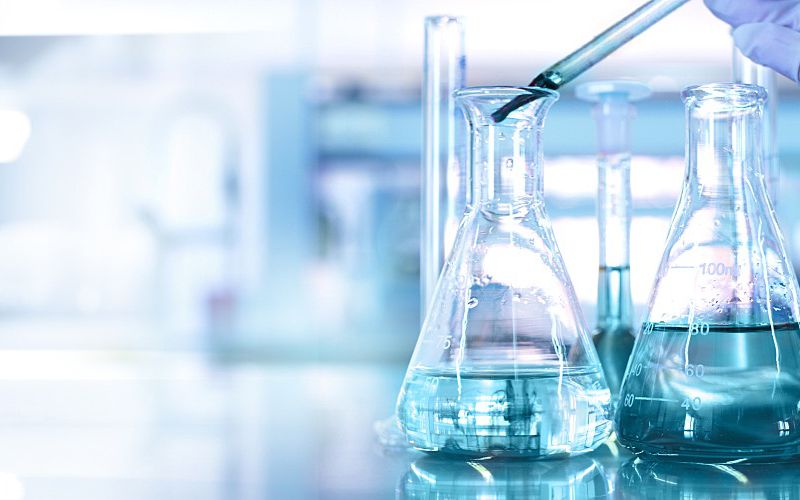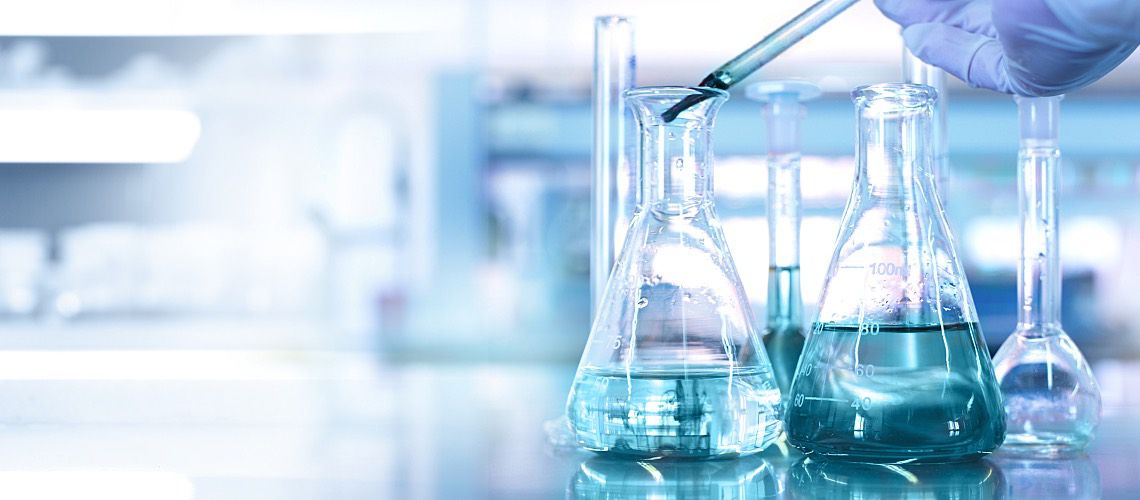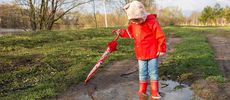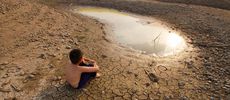Accounting for Measurement Uncertainty in Your Water Lab


Imagine your lab processes water samples for a municipality that conducts beach monitoring for Enterococci bacteria. Your technician runs the sample, does all the correct quality control, and reports a result of 34 colony forming units (cfu).
The only problem is that the U.S. Environmental Protection Agency (EPA) action limit for closing the beach is 35 cfu. With the action limit so close to the result—and no information on measurement uncertainty—the municipality requests that your lab run the sample again.
For the lab, this means added time and money, also undermining the customer's confidence in your lab. For the data user and the public, it means increased frustration over closed beaches.
So, how can water labs avoid these situations? The answer is by taking steps to address and minimize the uncertainty of the measurements taken in the lab. In this article, we explore what measurement uncertainty is, the factors that influence it, and steps you can take to reduce it.
What Is Measurement Uncertainty?
Measurement uncertainty (MU) is defined as the degree of inaccuracy of analytical results, denoting the level of confidence associated with a lab's data. MU exists because no measurement is exact, and analytical results depend on many factors, ranging from the measuring system to the person taking the measurement.
What Influences MU?
Many factors affect the accuracy of your analytical data. This, in turn, influences the decisions customers make with those results. In many cases, these decisions impact public health, highlighting the importance of reporting MU with your results.
Factors that influence MU include:
- Sample collection process.
- Media supply variation.
- Test method used.
- Incubation temperatures.
- Preprocessing procedures.
- Whether standard operating procedures (SOPs) are followed.
- Media storage protocols.
How To Calculate and Report Measurement Uncertainty
Calculating MU requires taking measurements from at least 10 samples and determining the standard deviation of the distribution of the data. Roughly 95% of values will fall within two standard deviations of the mean. There are two ways to express the variation among measurements taken in the lab.
For example, you might report a data value for Enterococci as 34 ± 2.1 cfu, which means the true value likely falls between 31.9 cfu and 36.1 cfu. This scenario would prompt a beach closure described earlier because the true value could exceed the action limit.
Alternatively, MU may be expressed as a confidence interval, where you can say with 95% confidence that the true measurement falls between an upper and lower limit. Confidence intervals are calculated using a separate equation, with tables found in Standard Methods for the Examination of Water and Wastewater.
How To Minimize MU
Labs can take several steps to minimize MU and boost confidence in the reliability of your lab's results. These include:
- Making sure you're using a validated method, such as the American Society for Testing and Materials (ASTM) or International Organization for Standardization (ISO) methods.
- Verifying the method in your lab to show that your data concurs with validation data.
- Providing thorough training for sample collectors.
- Using control charts to track media performance over time.
- Calibrating incubators with a certified company.
- Using septic procedures for preprocessing.
- Conducting periodic internal audits.
Minimizing MU is critical given that customers use the data you provide to make informed decisions, many of which have significant impacts on public health. Make sure to discuss MU expectations with your accreditation or certification body. Take the steps outlined here to increase the reliability of your data. For more information on the topic, visit the IDEXX Water Academy and register for the Management Uncertainty course.






